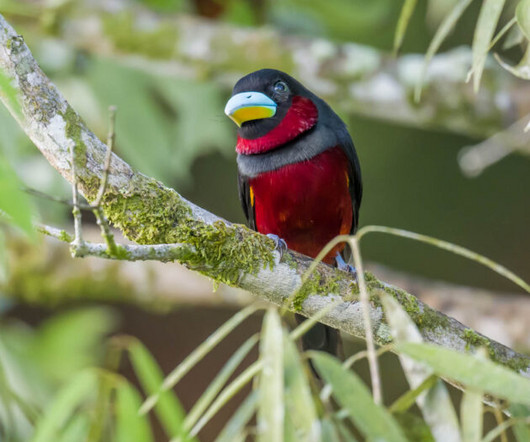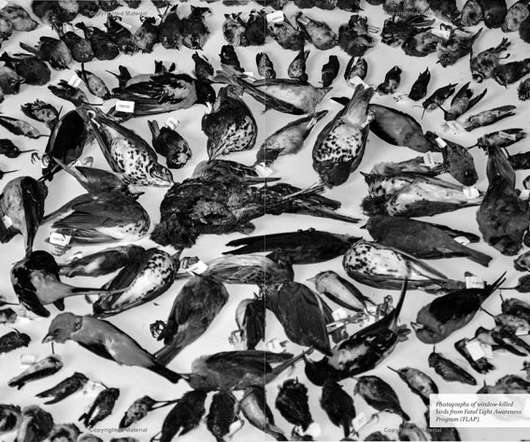Birding Sepilok, Borneo (Part 2)
10,000 Birds
NOVEMBER 13, 2023
Even to the author of the paper, who cautiously adds that “nest architecture is unlikely to be irrelevant to females, and its role deserves further investigation” (if swear words were allowed on 10,000 Birds, I would say that he is trying to cover his ass). My cats refuse to even try Fiery Minivets.












Let's personalize your content